Should My Child Learn Chinese Characters or Pinyin First?

Bilingual families often wonder, “When should my child learn Hanyu Pinyin? Should my child learn Pinyin or Chinese characters first?” When I first began to learn Chinese with my children, I had the same questions. Over the years, I’ve learned that it depends on when and where you learn Chinese.
First, I’ll give a brief overview of the Chinese phonetic system. Then, I’ll discuss the pros and cons and why I’m delaying Hanyu Pinyin for my kids.
What is Hanyu Pinyin?
汉语拼音 (Hànyǔ pīnyīn / Chinese Pinyin) is a romanization system for the sounds of the Chinese language, and it’s usually called Pinyin for short.
In Chinese, 拼音 (pīnyīn) literally translates to “spelled sounds”. As the name suggests, it’s a phonetic system that breaks down Mandarin Chinese sounds into a Latin alphabet.
Originally created to improve Chinese literacy rates, it is now used widely for typing, texting, and teaching pronunciation.
Here’s a chart of the Pinyin consonants and vowels.
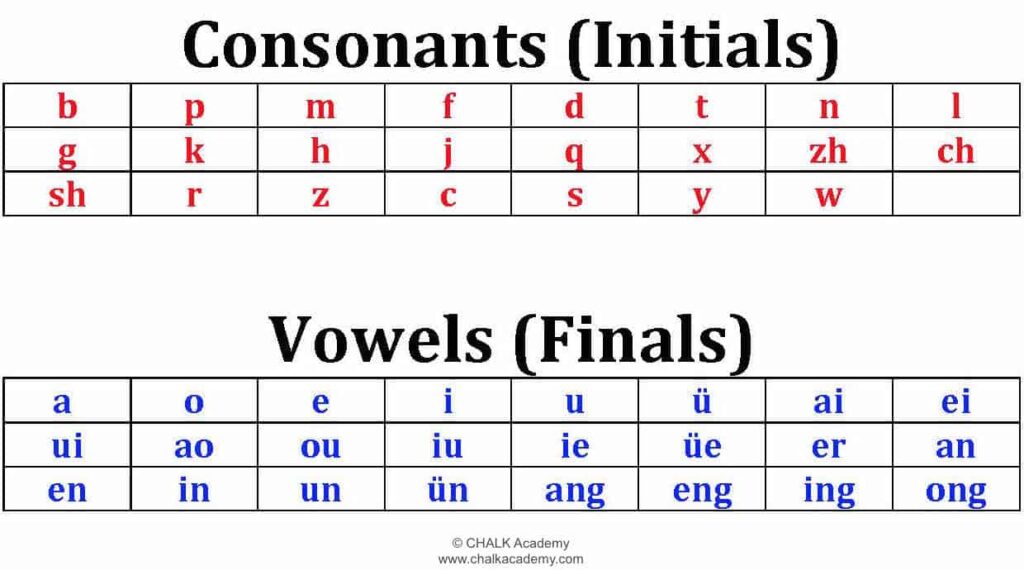
Most Chinese words have a consonant-vowel (CV) structure with consonants as the initial sound and vowels as the final sound. The only consonant-vowel-consonant (CVC) words end with “n” or “ng.”
Which countries use Hanyu Pinyin?
Chinese characters are usually the same regardless of dialect, even if the spoken language is completely different.
However, Pinyin is used in countries that speak Mandarin Chinese. Most commonly, it is used with simplified Chinese characters in China, Singapore, and Malaysia. Occasionally, Pinyin accompanies traditional Chinese characters in books published in Hong Kong.
In China and Singapore, children generally learn Pinyin in elementary school before they learn Chinese characters.
On the other hand, in the United States, Mandarin immersion programs tend to wait until around age 6-9 (after children have mastered English reading).
Benefits of learning Pinyin
- Visual cues may improve phonological awareness (distinguishing and combining sound units)
- Improves pronunciation and tones
- Easy to learn if the student understands phonics
- Facilitates independent new word learning, especially if presented with sufficient context (eg, picture or sentence)
- Conveniently type on a computer or mobile device (you will still need to know Han characters to select the correct suggested character)
Explore this: Luka Reading Robot is a Game Changer for Bilingual Families
Potential drawbacks
- Phonetic confusion with other languages that use the Latin alphabet
- Note: Native English speakers may struggle with correct Chinese pronunciation; confusion with English is less likely if that is the dominant language in the community.
- Some people believe the temporary confusion is insignificant since Europeans often learn multiple Latin-based languages simultaneously.
- Pinyin syllables aren’t always straightforward sound combinations, and some sounds are slightly imprecise.
- Over-dependence may interfere with remembering new Chinese characters.
- Many homophones; intonation alone cannot distinguish certain words.
- Language attrition and skill loss in adults (see this research article).
How Pinyin can help with reading Chinese
When I began to learn Chinese a few years ago, I planned to focus solely on speaking Mandarin. At that time, I wanted nothing to do with Chinese characters. Chinese characters made my head explode, but Pinyin was my door to reading Chinese.
In general, reading any language can improve speaking skills. Books can broaden your vocabulary and teach you concepts you otherwise might not experience.
Moreover, if you’re hoping to raise multilingual children, reading with your children can be a special bonding experience in the minority language. Chinese storytime can cultivate a love for the language.
While I credit Pinyin for jump-starting my Chinese language skills, my approach with my young children is totally different.
When should my child learn Pinyin?
While adults often start learning Chinese with Pinyin, the optimal timing in kids is controversial. Important factors to consider include:
- Age of the child
- Native language
- Current reading ability (eg, fluent English literacy, preference for whole-word versus phonics)
I can’t answer the question for your family, but I can suggest factors to consider and share the rationale for our family’s decision.
My personal opinion is to wait until your child has:
- Adequate exposure to spoken Chinese tones and pronunciation
- Learned several hundred characters
- Understands English well and/or is age 6+
Regardless of the timing of learning to read, audio exposure to native Chinese is crucial for learning. Tones and pronunciation can be modeled without written phonics.
Try this: 有道 Youdao Chinese Dictionary Pen
Our experience
After learning Pinyin, I could read Chinese books with Pinyin and teach my daughter the corresponding characters.
From age 3 to 4.5 years, she learned 800-1000 characters without phonetic support.
On the other hand, my ability to learn Chinese characters has been significantly slower.
After more than years of study, I could not read as many characters as my child. I only made progress when I pushed myself to read children’s books with no Pinyin.
She can read Korean (phonetic alphabet) and is learning how to read English. Therefore, we are waiting to teach Pinyin because…
- She is still inconsistent with English phonics.
- My daughter is a whole-word reader and does not like phonics. Of my daughter’s three languages, she prefers Chinese because reading characters provides instant gratification with no blending effort.
- Focusing on characters establishes a strong foundation. The ability to read characters helps to deepen the understanding of a spoken word. Patterns are recognizable after learning a few hundred characters; you can make educated guesses of new Chinese characters.
- I am over-reliant on Pinyin and continuously remind myself to focus on the Chinese character.
- Since English is so ingrained in my brain, I still pause to think about the Chinese pronunciation instead of the English sounds.
In summary, delaying Pinyin simplifies our to-do list and preserves my daughter’s joy for learning Chinese characters.
For now, we have one less thing to worry about!
What are your thoughts about teaching kids Pinyin?
When are you learning Pinyin? Or are you avoiding it altogether? Leave a comment with your thoughts below. We’d love to learn from your experience.
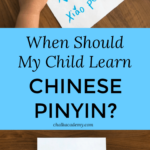
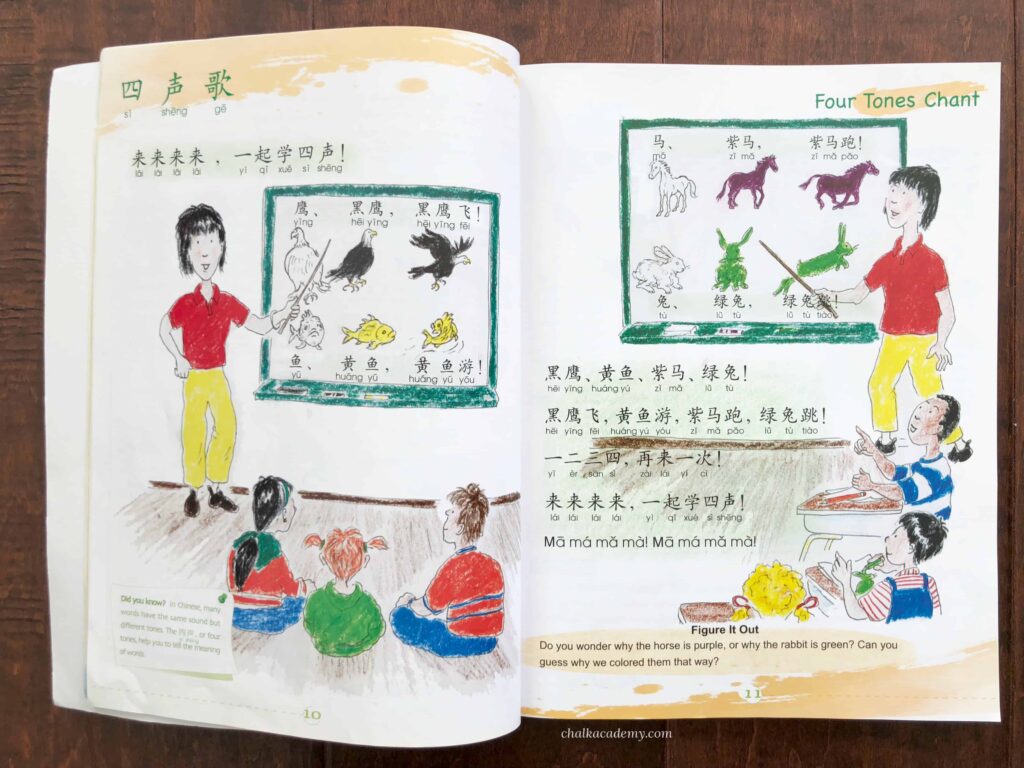
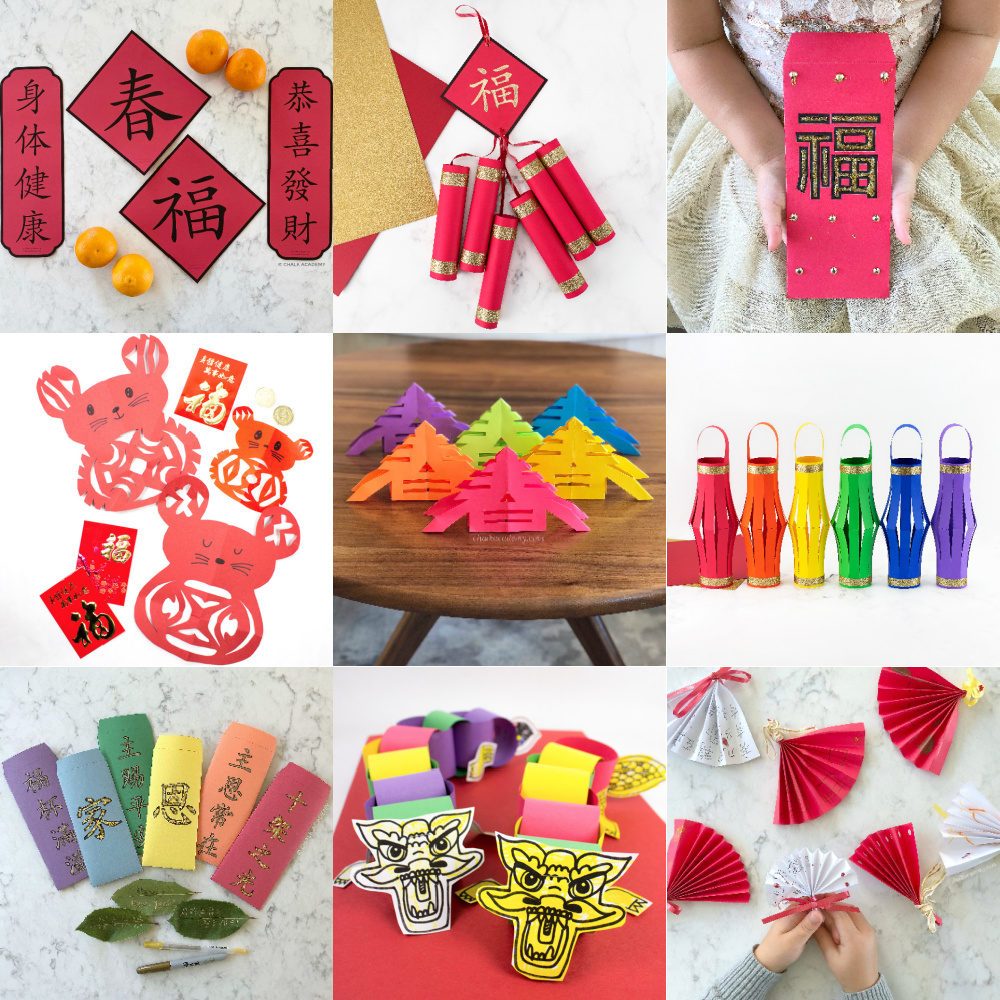

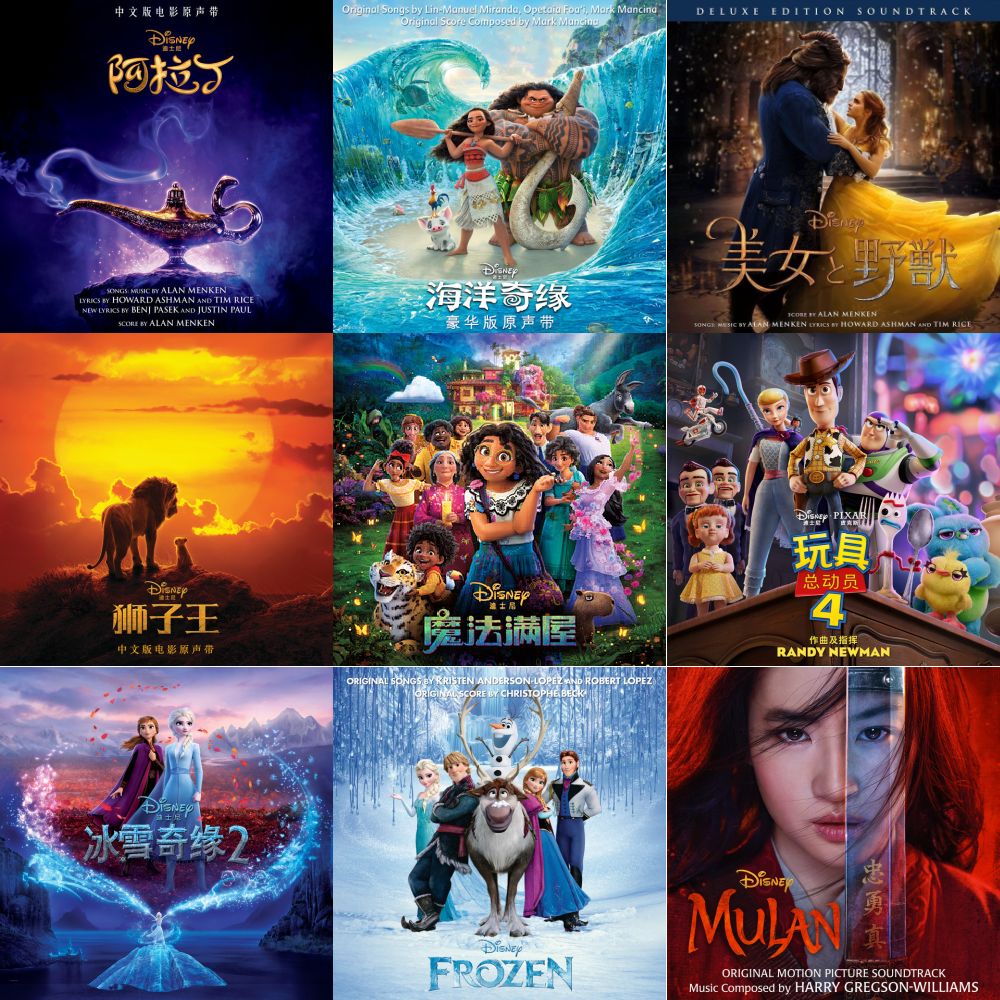

Hi Betty,
I was curious how your daughter is learning the Chinese characters. Could you please share the ways she’s able to learn the characters?
Hi Kim! Thanks for your question! This detailed post has the answers: How I Taught My Child 1000+ Chinese Characters as a Non-Fluent Speaker! Please let me know if I can help with anything else!
Hi Betty. Thank you for such a great article.
Would you be able to recommend any tools for learning Chinese characters for adults? What tools did you use or are using now? Have you ever tried tools based on spaced repetition methodology, like https://www.hackchinese.com or https://www.pleco.com/?
Hi Marina! Thanks for your questions! I currently use:
– Pleco & Google translate daily for translations
– Train Chinese (free app) to check stroke order when writing
– My kids’ Chinese leveled readers and picture books
I don’t study as diligently as I used to, but I really liked our Chinese picture dictionaries in the beginning.
As for spaced repetition tools, I have heard great things about Anki and Skitter. Hacking Chinese is a fantastic resource for adult learners, and he has a helpful series about spaced repetition.
Hi Betty,
Dropping by to say Hi! Your site is great!
Thank you so much for the note! Really appreciate your website and all of the information you have shared so generously!